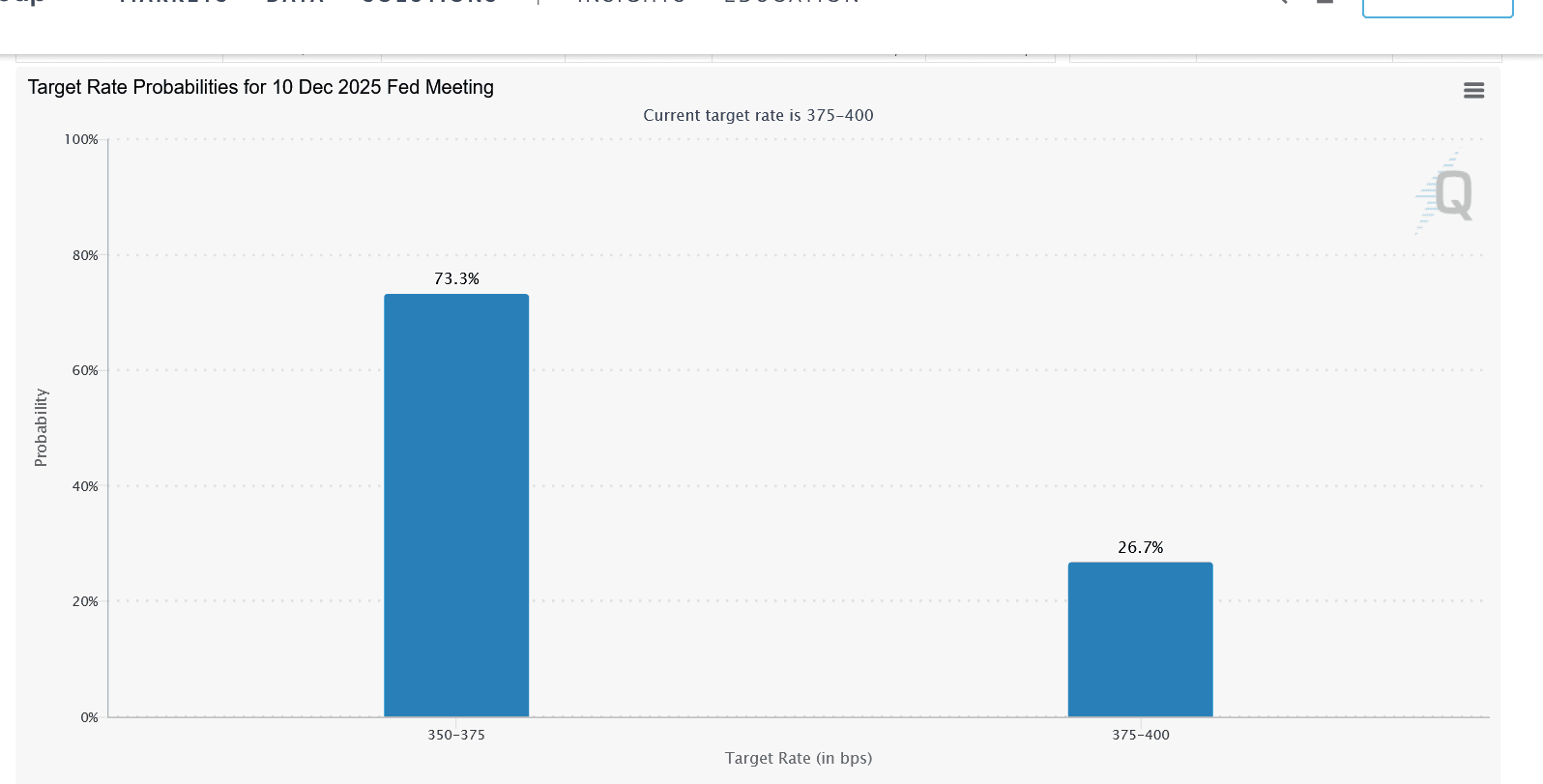Aster DEX's Tactical Enhancement and What It Means for DeFi Liquidity Providers
- Aster DEX's 2025 upgrade introduces ASTER token collateral for leveraged trading, enhancing capital efficiency and reducing reliance on stablecoins. - The upgrade offers 5% fee discounts for ASTER collateral users, creating a flywheel effect that boosts token scarcity and protocol revenue. - By integrating risk management tools and multi-chain support, Aster differentiates itself from GMX and Uniswap V3 through active trading incentives and reduced impermanent loss risks. - CZ's $2M ASTER purchase trigge
Capital Efficiency: Using ASTER as Collateral
The standout feature of Aster’s latest upgrade is the ability to use ASTER tokens as collateral for leveraged trades. Traders can now deposit ASTER and open positions with an 80% margin requirement, significantly increasing their leverage without depending on stablecoins or alternative assets
The update also brings in risk management features, including automated liquidation points, which
Token Utility: Trading Fee Reductions and Supply Locking
With the upgrade, Aster’s native token, ASTER, now provides a 5% reduction on all trading fees when used as collateral
The timing of the upgrade was deliberate. On November 2, 2025, Binance founder CZ acquired $2 million worth of ASTER, sparking an 800% jump in daily trading volume and a 30% price spike
Comparative Analysis: Aster vs. GMX, Uniswap V3, and dYdX
Aster’s blend of capital efficiency and token utility positions it as a hybrid between Uniswap V3’s focused liquidity and GMX’s adaptive fee models. While Uniswap V3 allows LPs to earn within specific price intervals—at the risk of impermanent loss—Aster’s use of ASTER as collateral
GMX’s GLP pools, which mix stablecoins and cryptocurrencies to manage counterparty risk, offer a different take on capital efficiency. In contrast, Aster’s 5% fee reduction and leverage incentives forge a stronger connection between token use and protocol income. This echoes the ve(3,3) concept, where holders earn a share of fees and incentives, but with added flexibility for active traders
When compared to dYdX’s Ethereum-based perpetuals, Aster’s support for multiple chains (BNB Chain,
Implications for Liquidity Providers
For liquidity providers, Aster’s upgrade introduces a new model: active trading participation combined with yield generation. The 5% trading fee discount and leverage incentives create a compounding benefit, enabling frequent traders to accumulate ASTER through lower costs and eligibility for airdrops
Additionally, Aster’s expansion across multiple chains and its hybrid AMM-CEX structure (Simple Mode for casual users, Pro Mode for experienced traders)
Conclusion: Setting a New Standard for DeFi Liquidity
The 2025 upgrade of Aster DEX marks a significant shift in how token utility and capital efficiency are approached in DeFi. By making ASTER both a collateral asset and a means for fee savings, the platform establishes a self-sustaining ecosystem that rewards both traders and liquidity providers. While Uniswap V3 and GMX have pioneered liquidity innovations, Aster’s integration of leverage, risk controls, and supply-side incentives makes it a strong competitor. For LPs, the upgrade offers an attractive proposition: improved capital efficiency, minimized impermanent loss, and a token that gains value as the protocol grows. As the DeFi space continues to develop, Aster’s hybrid approach could serve as a model for future decentralized exchanges.
Disclaimer: The content of this article solely reflects the author's opinion and does not represent the platform in any capacity. This article is not intended to serve as a reference for making investment decisions.
You may also like
Ethereum Price Crashes Toward Key Support, Here Are the Next Targets
Will ADA Price Crash to $0 in the next 30 days?

Toncoin’s Updated Tokenomics: How Changes in Supply Could Attract Institutional Investors and Transform Cryptocurrency Valuations
- Toncoin's 2025 tokenomics reforms aim to align supply dynamics with institutional infrastructure, boosting real-world utility through staking and burn mechanisms. - Strategic treasury operations and protocol upgrades like Jetton 2.0 seek to stabilize supply while enhancing cross-border payment efficiency and DeFi integration. - Institutional partnerships with Tether , Bitget, and Crypto.com highlight TON's growing appeal as a scalable platform with predictable yield generation for large investors. - TON